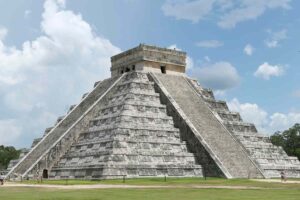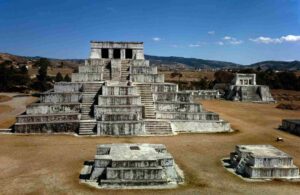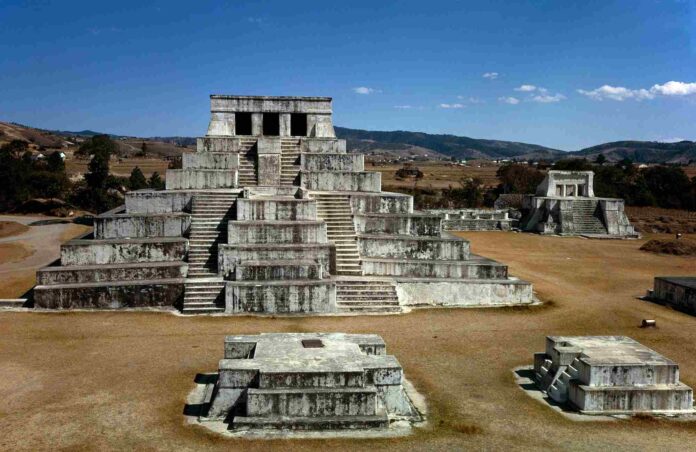
The Maya and Khmer empires, two of the most fascinating ancient civilizations, left behind legacies of architectural marvels, intricate art, and complex societies. Despite their advanced achievements, both empires mysteriously declined and eventually fell. This article delves into the potential reasons behind the fall of these once-great civilizations, shedding light on their intriguing histories.
The Maya Empire: A Tale of Splendor and Decline
1. Rise of the Maya Civilization The Maya civilization flourished in the region that is now Mexico, Guatemala, Belize, Honduras, and El Salvador. Known for their sophisticated writing system, astronomical knowledge, and monumental architecture, the Maya reached their zenith during the Classic Period (250-900 AD). Cities like Tikal, Palenque, and Copán stood as testaments to their engineering and artistic prowess.
2. Theories Behind the Decline Several theories attempt to explain the decline of the Maya civilization. Among them are:
- Environmental Factors: Research suggests that prolonged droughts played a significant role in the Maya collapse. Pollen analysis and sediment cores indicate periods of severe drought, which would have impacted agriculture, leading to food shortages and social unrest.
- Overpopulation and Resource Depletion: The Maya population grew rapidly, putting immense pressure on agricultural lands. Deforestation and soil degradation resulted from intensive farming practices, further exacerbating food scarcity.
- Internal Conflict and Warfare: Evidence of fortifications and mass graves points to increased warfare among Maya city-states. These conflicts likely weakened their societal structure, making them vulnerable to other pressures.
- Political Instability: The Maya political system was a network of city-states rather than a unified empire. Political infighting and the loss of centralized authority could have led to fragmentation and decline.
The Khmer Empire: Grandeur and Fall
1. The Rise of Angkor The Khmer Empire, centered around the city of Angkor in present-day Cambodia, reached its peak between the 9th and 15th centuries. Angkor Wat, the empire’s most iconic temple, stands as a symbol of their architectural and cultural achievements. The empire’s sophisticated irrigation system supported a large population and extensive rice cultivation.
2. Reasons for the Khmer Decline Several factors contributed to the fall of the Khmer Empire:
- Environmental Changes: Similar to the Maya, the Khmer faced environmental challenges. Droughts and changes in monsoon patterns disrupted their elaborate water management systems, leading to agricultural decline.
- Overextension and Resource Management: The extensive building projects and population growth strained the empire’s resources. Maintaining the vast irrigation networks and monumental constructions became increasingly difficult.
- External Pressures and Invasions: The Khmer faced invasions from neighboring kingdoms, such as the Siamese (Thai) and Cham. These external pressures weakened their ability to defend and maintain their territory.
- Internal Strife and Political Instability: Leadership struggles and court intrigues destabilized the empire. The weakening of central authority made it challenging to manage the vast empire effectively.
Lessons from the Past
The decline of the Maya and Khmer empires serves as a reminder of the complexities of managing large, sophisticated societies. Environmental stewardship, sustainable resource management, and stable governance are crucial for the longevity of civilizations. As modern societies face their challenges, the stories of these ancient empires provide valuable insights into the potential consequences of neglecting these critical aspects.
Conclusion
The mysteries surrounding the decline of the Maya and Khmer empires continue to captivate historians and archaeologists. While definitive answers may still elude us, the ongoing research sheds light on the various factors that contributed to their fall. By studying these ancient civilizations, we gain a deeper understanding of the delicate balance required to sustain complex societies and the lessons that can be applied to our world today.




